How to perform Continuous Renal Replacement Therapy (CRRT) for renal failure patients?
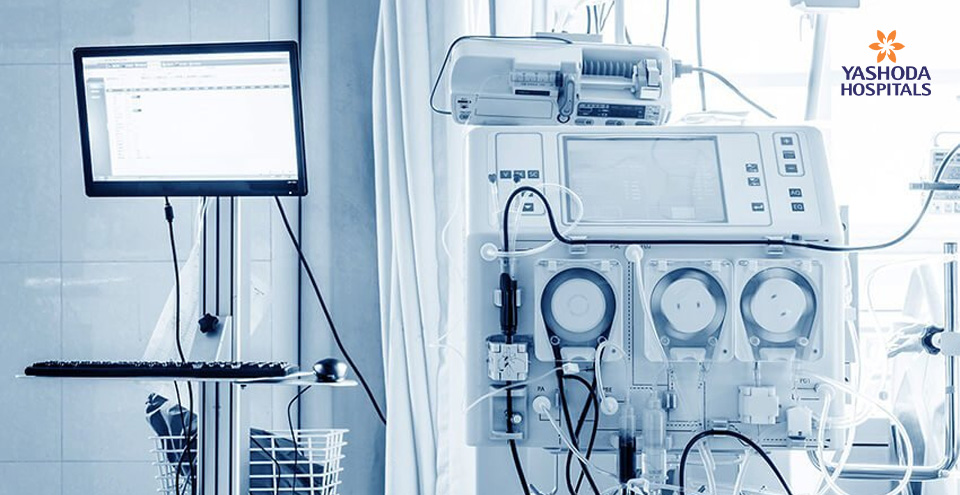
What is CRRT dialysis?
Continuous renal replacement therapy (CRRT) is a type of dialysis that is used to treat acute kidney injury or chronic kidney disease. It is a slow and continuous process of removing excess fluid, toxins, and waste products from the blood, and restoring electrolyte and acid-base balance.
Unlike traditional intermittent hemodialysis, which is usually done for 3-4 hours per session, CRRT is performed continuously over a period of 24 hours a day, often using a specialised machine called a hemofilter or dialyzer. The hemofilter or dialyzer removes the excess fluids and waste products from the blood and returns the purified blood to the patient’s body.
Continuous renal replacement therapy or CRRT is a blood purification therapy. CRRT is advised for patients suffering from impaired renal function, also referred to as Acute Kidney Injury (AKI). ICU patients undergo this therapy 24 hours a day.
What is Kidney failure?
Kidney failure or renal insufficiency is a medical condition in which the kidneys fail to adequately filter waste products from the blood. Kidney failure leads to problems with increased fluid, acid and potassium in the body (leading to swelling), decreased levels of calcium, increased levels of phosphate, and in later stages anemia.
Kidney failure may be due to drug overdoses, chemotherapy, uncontrolled diabetes and hypertension, polycystic kidney disease and Hantavirus infection. The common diagnosis for kidney failure is called GFR or glomerular filtration rate, which is considered as the best overall index of kidney function.
Benefits of Continuous renal replacement therapy (CRRT)
Continuous renal replacement therapy (CRRT) which is advised for renal failure patients has short-term and long-term benefits. Short-term benefits of CRRT
- Provides continuous removal of excess metabolic waste products from the blood: CRRT machine allows for the continuous removal of waste products from the blood, such as urea and creatinine, which accumulate in patients with kidney failure. This can help to prevent the build-up of toxic substances in the body that can lead to complications and organ damage.
- Returns normal electrolyte and acid/base balance: CRRT can help to maintain normal levels of electrolytes, such as sodium, potassium, and calcium, as well as a normal acid/base balance. This can prevent dangerous imbalances that can occur in patients with kidney failure.
- Maintains net neutral fluid balance: CRRT can help to maintain a net neutral fluid balance, which can prevent fluid overload or dehydration. This is especially important in critically ill patients who may have fluid imbalances due to other medical conditions.
- Provides for nutritional support irrespective of fluid restrictions: CRRT can provide nutritional support to patients who may be on fluid restrictions, allowing for the delivery of important nutrients without the risk of fluid overload.
Allows for optimized drug administration: CRRT can help to optimize drug administration in patients with kidney failure, as many drugs are excreted through the kidneys and can accumulate in patients with renal impairment. CRRT can help to remove these drugs from the bloodstream, reducing the risk of toxicity.
Long-term benefits of CRRT
- Improves patient survival rate: CRRT procedure has been shown to improve the survival rate of critically ill patients with acute kidney injury. By removing toxins and maintaining fluid and electrolyte balance, CRRT can help to stabilize patients and prevent complications that can lead to death.
- Increases the chance for complete renal recovery: In some cases, CRRT can help to improve kidney function and even lead to complete renal recovery. This is especially true in cases of acute kidney injury, where early intervention with CRRT can prevent irreversible kidney damage.

CRRT is considered as advancement over the conventional Hemodialysis. CRRT is preferred due to its short and long-term benefits. By removing toxins, maintaining fluid and electrolyte balance, and providing nutritional support, CRRT can help to stabilize critically ill patients and improve their chances of survival and renal recovery.
CRRT therapy procedure
The procedure for continuous renal replacement therapy (CRRT) involves several steps:
- Patient preparation: Before starting CRRT the patient’s vital signs, fluid status, and electrolyte levels are assessed. A dialysis catheter is inserted into a vein, usually in the neck or groin, and the catheter is connected to the CRRT machine.
- Blood flow rate: The blood flow rate is set to ensure adequate clearance of toxins and waste products. The blood is pumped out of the patient’s body through the catheter and into the hemofilter or dialyzer, where it is filtered and purified.
- Fluid replacement: Replacement fluids are added to the purified blood to maintain normal electrolyte and fluid balance. The fluid replacement rate is adjusted based on the patient’s fluid status and electrolyte levels.
- Anticoagulation: Anticoagulants such as heparin or citrate, are used to prevent blood clotting in the hemofilter or dialyzer. The dosage of anticoagulants is carefully monitored to avoid bleeding or clotting complications.
- Monitoring and adjustments: The patient’s vital signs, fluid status, electrolyte levels, and blood flow rate are monitored continuously. The CRRT machine is adjusted as needed to maintain optimal treatment parameters and avoid complications.
- Discontinuation: CRRT can be discontinued once the patient’s kidney function has improved or if the patient is transitioned to another form of renal replacement therapy, such as intermittent hemodialysis or peritoneal dialysis.
CRRT is a complex and highly specialized procedure that requires close monitoring and adjustments to ensure optimal patient outcomes. The treatment is performed by a team of healthcare professionals, including nephrologists, nurses, and dialysis technicians, who work together to provide the best possible care for the patient.
The Centre for Nephrology & Urology at Yashoda Hospitals, Hyderabad provides high quality kidney disease treatment, bladder, urethra, prostrate and male genitalia. The CRRT treatments available at the Centre for Nephrology & Urology at Yashoda Hospitals Hyderabad include, SCUF, CVVH, CVVHD, CVVHDF and Hemoadsorption.
These treatments aim at purifying the blood of excess waste products and small molecules, restore balance of electrolytes, acid/base and excess fluid.
Our dialysis unit is open 24 hours and equipped with the most advanced CRRT dialysis machines for Hemodialysis, and other dialysis conditions.
The Centre for Nephrology & Urology has a Hemodialysis and post-transplantation unit. Haemodialysis unit has an efficient cardiac monitoring and central oxygen supply systems to meet any emergencies.



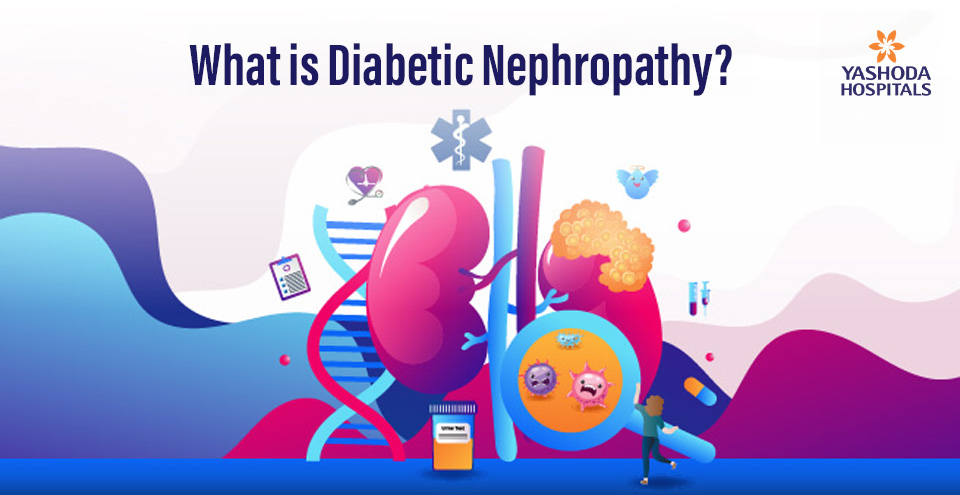
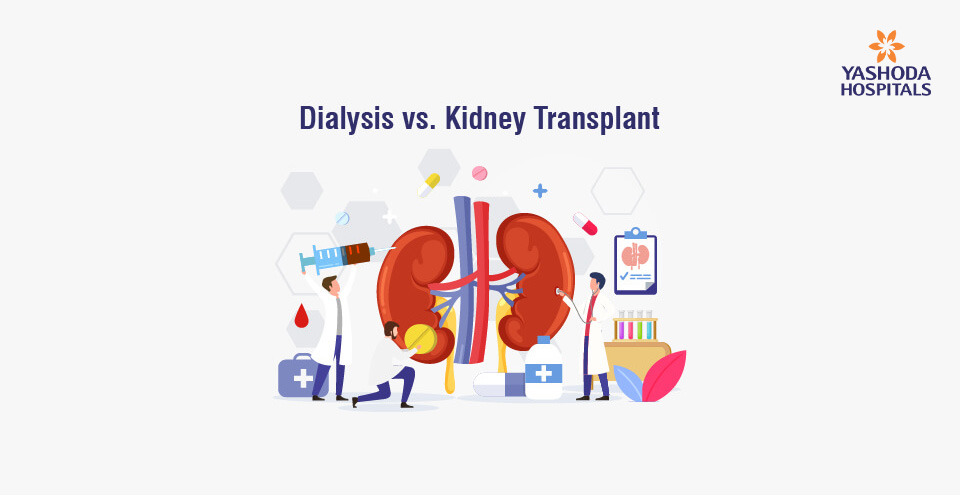
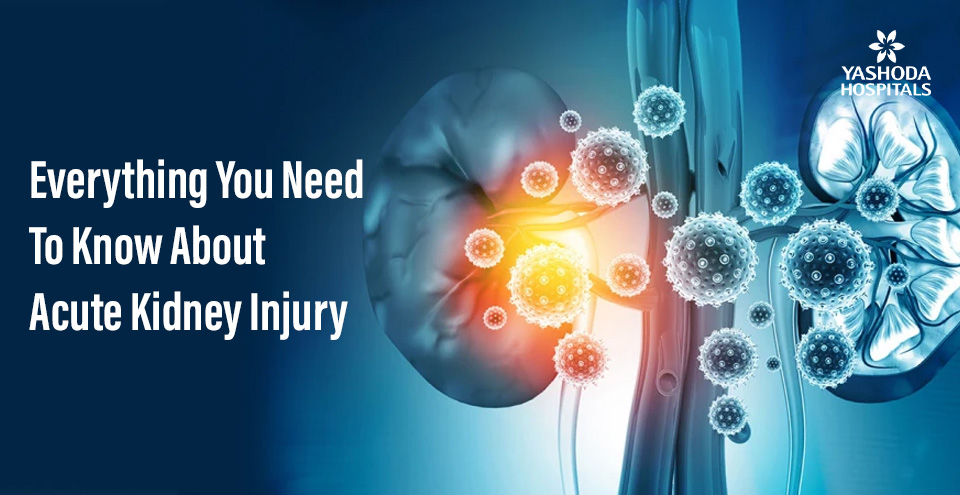
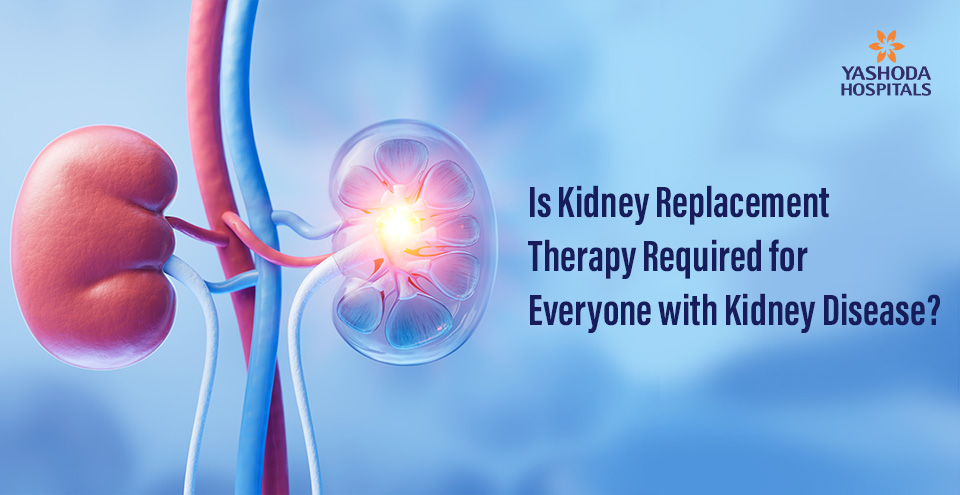

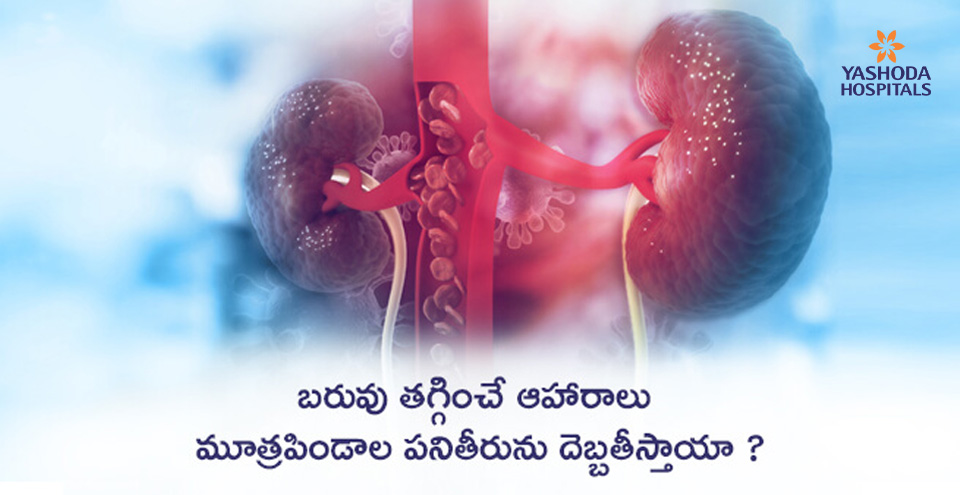
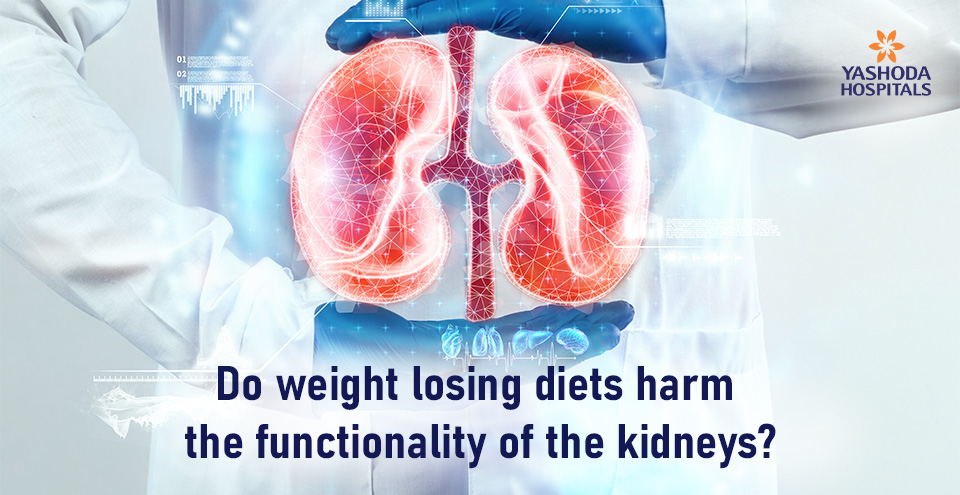
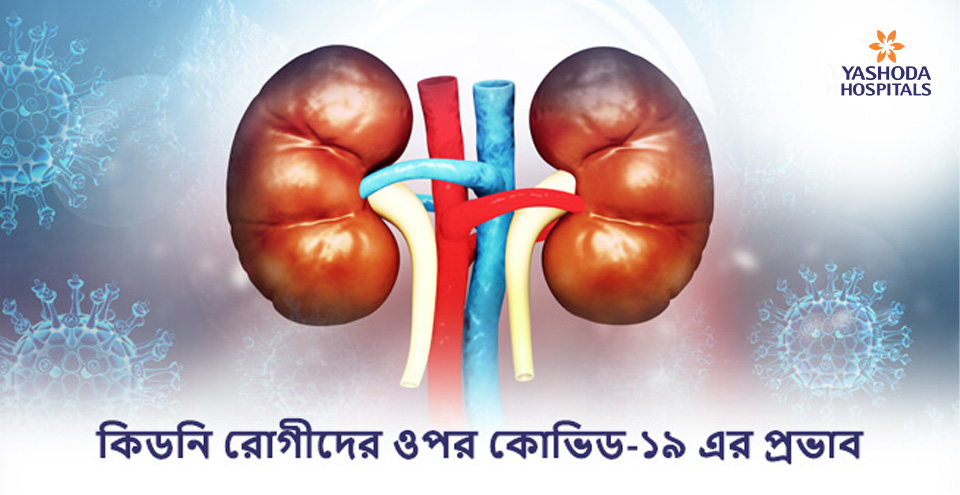

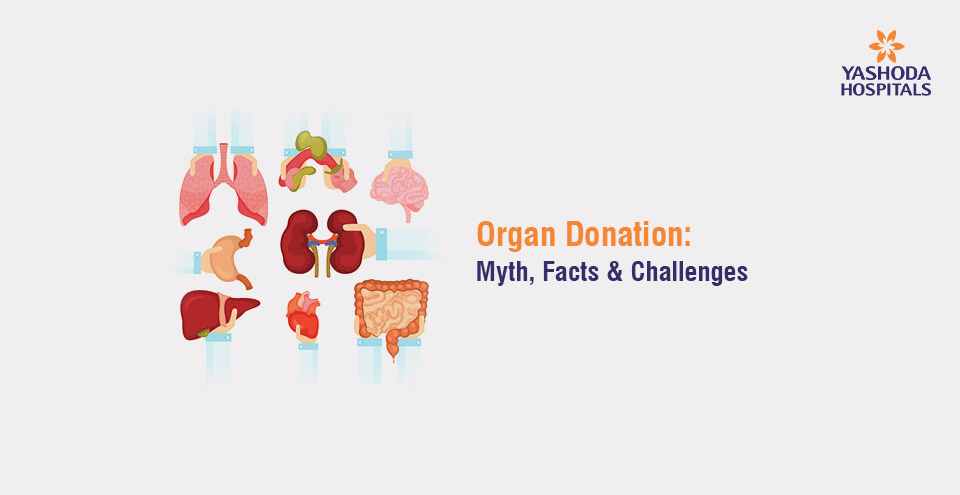

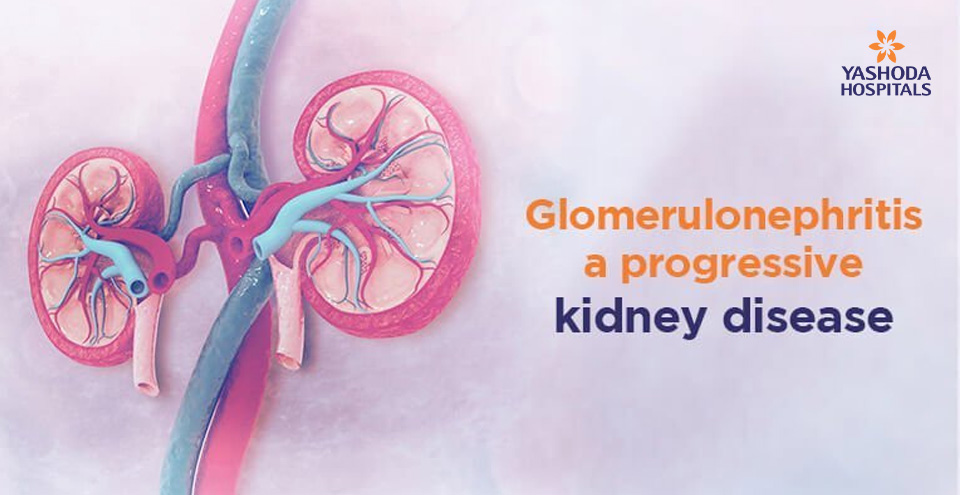
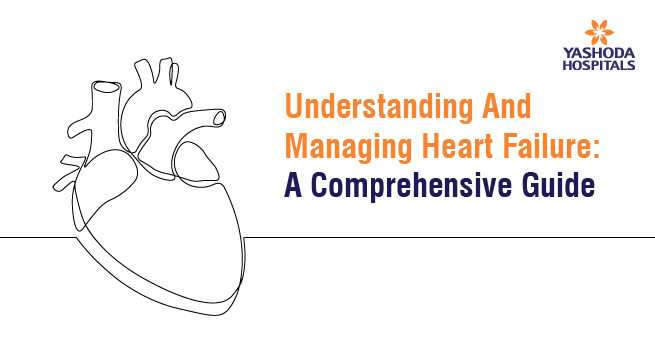

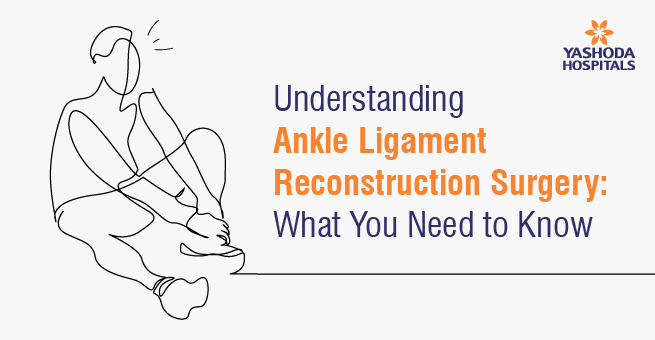


 Appointment
Appointment Second Opinion
Second Opinion WhatsApp
WhatsApp Call
Call More
More





